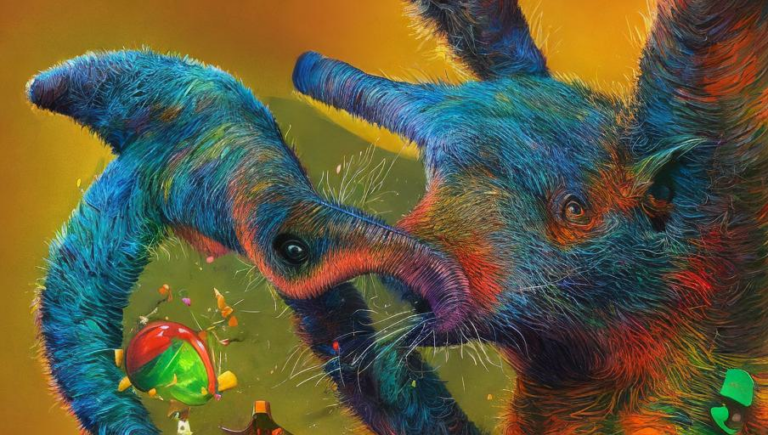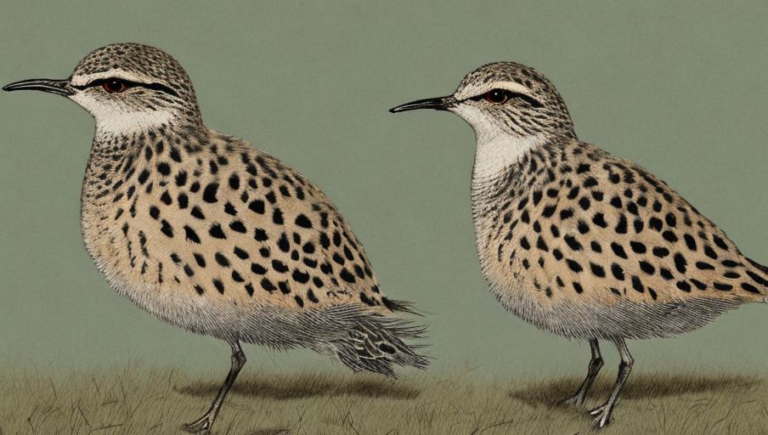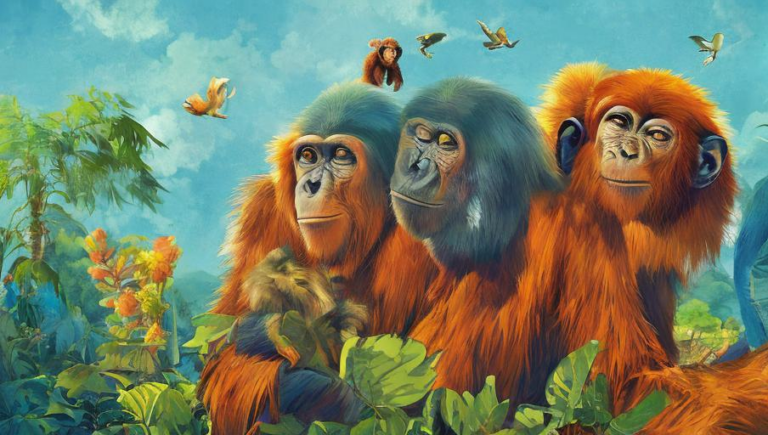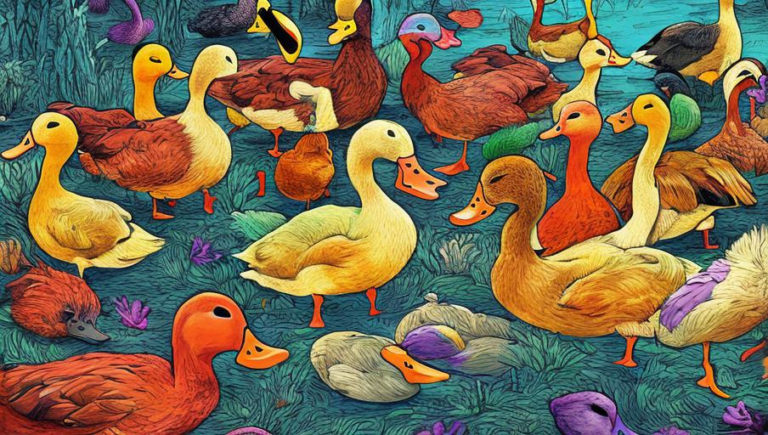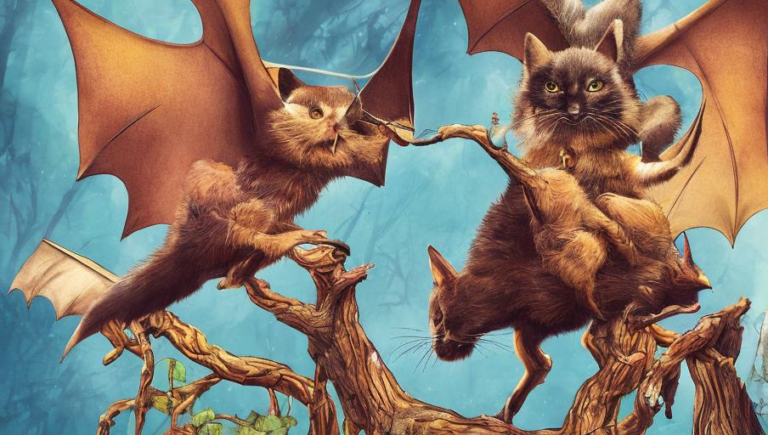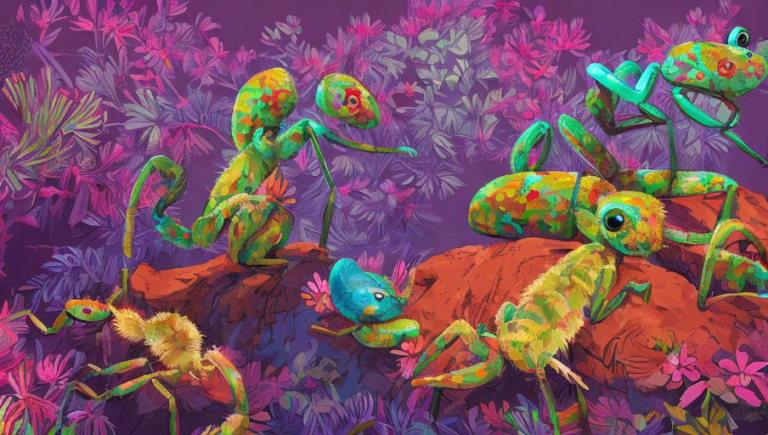What Makes Anteaters So Fascinating
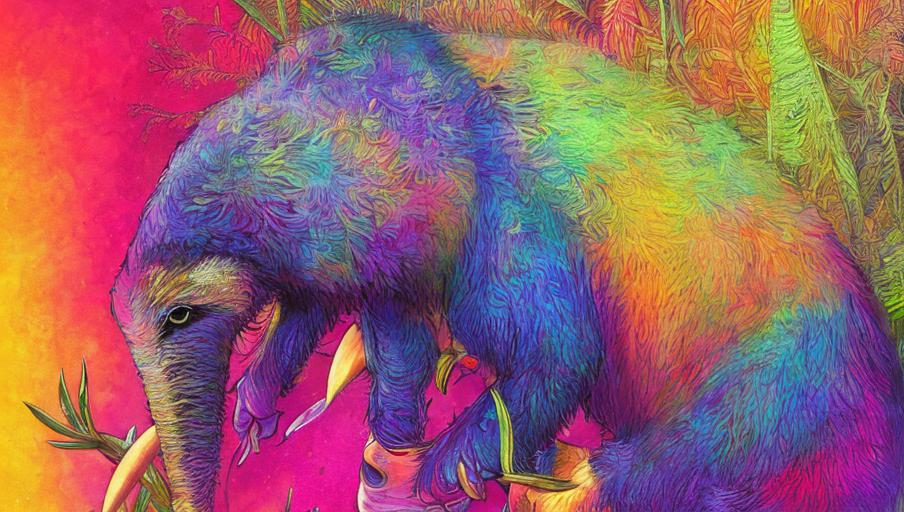
Introduction
Anteaters are some of the most interesting and unique creatures on the planet. With their long snouts, peculiar diet, and solitary lifestyle, they have captivated the attention of people all over the world. Anteaters are fascinating animals that have adapted to their environment in unique ways and play an important role in keeping the ecosystems they inhabit balanced. Let’s explore what makes anteaters so remarkable.
Unique Anatomy
The most obvious feature of anteaters is their long snouts, which can measure up to 2 feet in length. This allows them to reach deep into termite mounds and ant hills to feast on their favorite food source. They also have large, curved claws that help them to break open the mounds and capture their prey. Their tongues can extend up to 16 inches and have sticky saliva that helps them to trap ants and termites more easily. Anteaters have poor eyesight but make up for it with an incredibly keen sense of smell.
Diet
Anteaters are primarily insectivores and feed mainly on ants and termites. They can also eat worms, small vertebrates, and fruits. They are known to be very picky eaters and can eat up to 30,000 insects in a single day!
Habitat
Anteaters are found in Central and South America, primarily in tropical forests, grasslands, and savannas. They are solitary animals and spend most of their time searching for food. They are also nocturnal, sleeping during the day and becoming active at night.
Conservation Status
Unfortunately, anteaters are threatened due to habitat loss, hunting, and other human activities. They are classified as vulnerable by the International Union for Conservation of Nature and are listed on the Endangered Species list. It is important to take steps to protect these animals and their habitats.
Conclusion
Anteaters are amazing animals with many unique features and adaptations. They are an important part of the ecosystems they inhabit and play an important role in keeping them in balance. We must do our part to help protect these fascinating creatures and their habitats.
